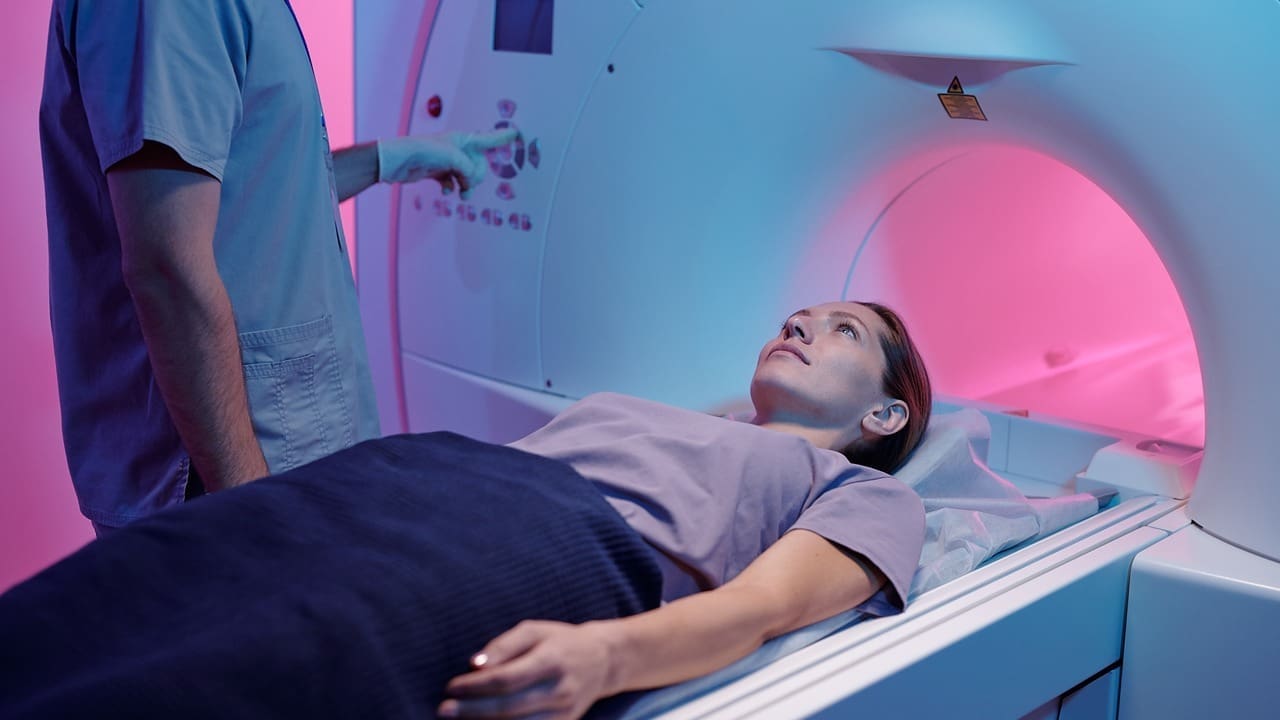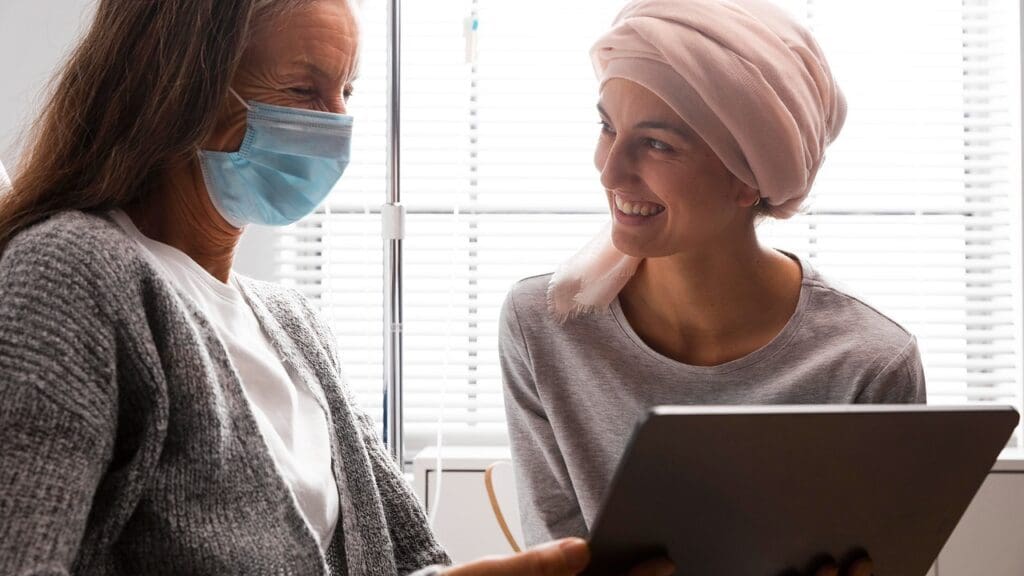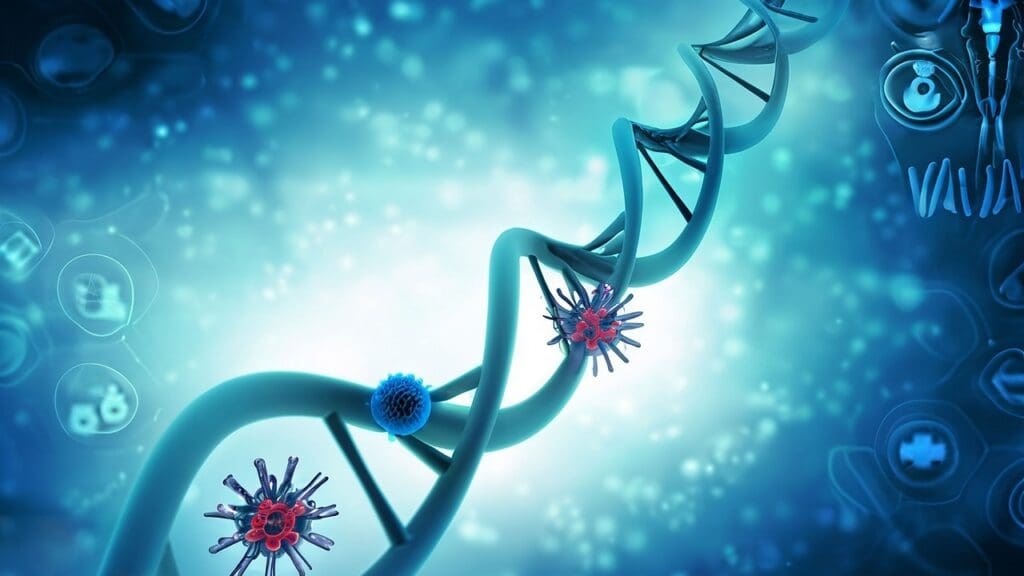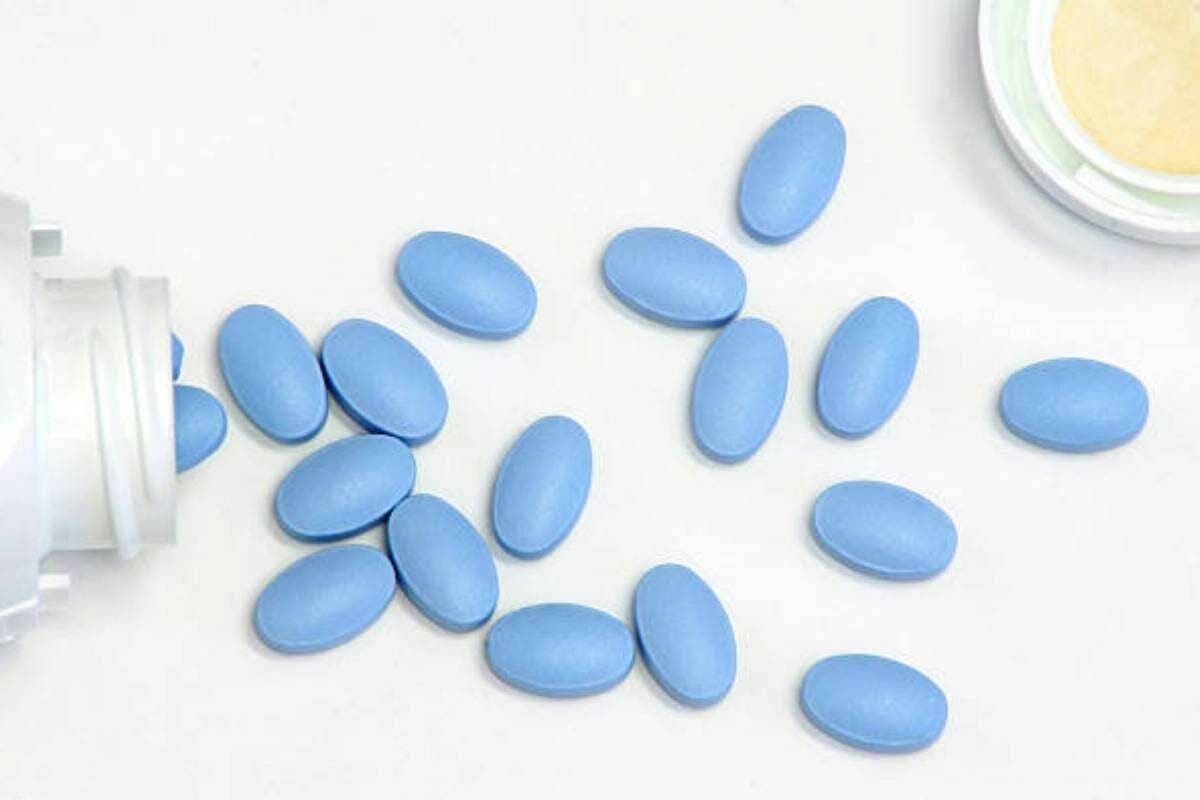Last Updated on November 27, 2025 by Bilal Hasdemir

At Liv Hospital, we know that chemotherapy and radiation therapy are key in fighting cancer. But we also see the risks they bring, like the chance of getting secondary cancers.
Chemotherapy and radiation are vital in the battle against cancer. But, they can also lead to unwanted effects. These can include a higher risk of secondary cancers or making recovery harder.
It’s important to understand these risks to make smart treatment choices. At Liv Hospital, we focus on keeping our patients safe and providing top-notch care. We aim to lessen these risks as much as we can.
Key Takeaways
- Chemotherapy and radiation therapy can increase the risk of secondary cancers.
- Understanding the risks associated with these treatments is critical for effective cancer management.
- At Liv Hospital, patient safety and advanced care are our top priorities.
- We strive to mitigate the risks associated with chemotherapy and radiation therapy.
- Informed treatment decisions are vital for optimal patient outcomes.
The Dual Nature of Cancer Treatments
Cancer treatments, like chemotherapy and radiation, have two sides. They save lives by killing cancer cells and helping patients recover. Yet, they also pose risks that can harm health long-term, including the chance of getting secondary cancers.
Life-Saving Therapies with Possible Risks
Chemotherapy and radiation are key in fighting cancer. They work well against cancer cells but can harm healthy cells too. This might lead to mutations and even more cancers. Some chemotherapy drugs, for example, raise the risk of getting acute myeloid leukemia (AML) and myelodysplastic syndrome (MDS).
Balancing Treatment Benefits Against Long-Term Effects
Finding the right balance is key. We need to consider both the benefits of treatment and its long-term risks. This means looking at the immediate need to fight cancer and the chance of future health problems. We must carefully plan treatments, watch patients closely, and find ways to lower long-term risks.
The Science Behind Treatment-Induced Cancers
To understand how chemotherapy and radiation cause secondary cancers, we need to look at their impact on DNA. These treatments aim to kill fast-growing cancer cells. But, they can also harm healthy cells, leading to long-term effects.
DNA Damage Mechanisms in Healthy Cells
Chemotherapy and radiation can damage DNA in healthy cells, causing genetic mutations. Alkylating agents and platinum-based compounds can cross-link DNA. Topoisomerase II inhibitors can cause chromosome translocations. These changes can sometimes turn healthy cells into cancer cells.
Cellular Mutations and Carcinogenesis
When healthy cells get DNA damage, they might get mutations that mess up their control. Over time, these mutations can pile up. This can lead to the growth of secondary cancers. The process of becoming cancerous involves several steps, including starting, promoting, and progressing.
Latency Period for Secondary Cancer Development
The time between getting cancer treatment and developing secondary cancers can be very long. For example, secondary leukemias might show up 5-10 years after chemotherapy. Solid tumors can take 10-20 years or more to appear after radiation therapy.
| Treatment Type | Latency Period | Common Secondary Cancers |
|---|---|---|
| Chemotherapy | 5-10 years | Leukemia, Myelodysplastic Syndrome |
| Radiation Therapy | 10-20+ years | Solid tumors (e.g., breast, lung, thyroid) |
Knowing how these treatments work and how long it takes for secondary cancers to develop helps us manage risks better. This can lead to better outcomes for patients.
Do Chemotherapy Drugs Cause Cancer? Understanding the Evidence
To figure out if chemotherapy drugs can cause cancer, we need to look closely at the evidence. Chemotherapy saves many lives, but some worry it might lead to new cancers. We must dive into the details to grasp this complex topic.
Statistical Risk Assessment from Clinical Studies
Many studies have looked into the risk of new cancers after chemotherapy. For example, a study in Nature found some drugs raise this risk. These studies track patients over time to see if they get new cancers.
By analyzing these studies, we can see how big the risk is. Some drugs, like alkylating agents, seem to increase the risk of new cancers. We must weigh this against the benefits of chemotherapy.
Comparing Treatment-Related vs. Spontaneous Cancer Rates
To really understand if chemotherapy causes cancer, we need to compare treated patients to the general population. Studies show chemotherapy does raise the risk, but it’s not very high. For example, a study might compare the rate of secondary leukemia in treated patients to the rate in the general population.
Patient Risk Factors and Susceptibility
Each patient’s risk for treatment-related cancers is different. Things like genetics, age, and past exposure to harmful substances can affect this risk. We must think about these factors when deciding if chemotherapy is right for a patient.
In summary, while chemotherapy might increase the risk of new cancers, this risk is generally low. By understanding the evidence and each patient’s risk, we can manage and reduce this risk.
High-Risk Chemotherapy Agents and Their Mechanisms
Some chemotherapy drugs raise the risk of secondary cancers. We’ll look at these agents and how they cause cancer.
Alkylating Agents and DNA Cross-Linking
Drugs like cyclophosphamide and melphalan add alkyl groups to DNA. This disrupts DNA replication and transcription. It can cause DNA cross-linking, leading to mutations in healthy cells.
This genetic damage can lead to secondary cancers, including leukemia. Research shows these drugs increase the risk of therapy-related myelodysplastic syndrome (MDS) and acute myeloid leukemia (AML).
Topoisomerase II Inhibitors and Chromosome Translocations
Drugs like etoposide and doxorubicin target topoisomerase II. This enzyme is key in DNA replication. By blocking it, these drugs can cause chromosome translocations.
This leads to genetic abnormalities. It’s linked to a higher risk of therapy-related AML. The risk grows when these drugs are combined with other agents.
Platinum-Based Compounds and Their Effects
Platinum-based drugs, like cisplatin and carboplatin, also raise secondary cancer risk. They cause DNA damage by forming platinum-DNA adducts. This can lead to mutations if not fixed properly.
While they fight cancer well, they increase the risk of secondary malignancies. This is more so at high doses.
Knowing how these agents cause secondary cancers is key. It helps us find ways to lower these risks. By weighing chemotherapy’s benefits against its long-term effects, we aim to reduce secondary cancer risk in patients.
Can Chemotherapy Cause Leukemia? Examining the Connection
Chemotherapy is a lifesaving treatment for many cancers. But, it has been linked to a higher risk of secondary cancers, like leukemia. We will look into how chemotherapy and leukemia are connected, focusing on the risks and how it happens.
Acute Myeloid Leukemia (AML) Development After Treatment
Acute Myeloid Leukemia (AML) can develop after chemotherapy. AML is characterized by the rapid growth of abnormal white blood cells that block the bone marrow from making normal blood cells. Some chemotherapy agents, like alkylating agents and topoisomerase II inhibitors, raise the risk of getting AML.
Myelodysplastic Syndrome (MDS) as a Precursor
Myelodysplastic Syndrome (MDS) is a group of disorders with poorly formed or dysfunctional blood cells. MDS can turn into AML and is seen as a precursor to this leukemia. Chemotherapy-induced MDS is a significant concern because it can lead to AML, showing the need for careful monitoring of patients undergoing chemotherapy.
Timeline and Risk Factors for Leukemia Development
The time it takes to develop leukemia after chemotherapy varies. But most cases happen within 5-10 years after treatment. Risk factors include the type and dose of chemotherapy, patient age, and genetic predisposition. Knowing these risk factors is key to managing and possibly reducing the risk of secondary leukemia.
By understanding the risks of chemotherapy and leukemia, we can better watch over patients. We can also work on strategies to lower these risks while keeping cancer treatment effective.
Radiation Therapy and Secondary Cancer Risk
Radiation therapy is a key tool in fighting cancer. But, it can also raise the risk of getting secondary cancers. Knowing these risks helps us care for cancer survivors better.
Ionizing Radiation Effects on Cellular DNA
Ionizing radiation can damage DNA in cells. This damage can lead to mutations and cancer. When we use radiation therapy, it can break DNA strands. If these breaks aren’t fixed right, they can cause genetic mutations. These mutations can sometimes result in the development of secondary cancers.
Solid Tumors vs. Hematologic Malignancies After Radiation
Radiation therapy can cause both solid tumors and hematologic malignancies. The risk depends on the dose and field of radiation. Solid tumors, like sarcomas and carcinomas, are more common after radiation.
For example, kids who got radiation for cancer are at higher risk for secondary solid tumors. Hematologic malignancies, like leukemia, can also happen, mainly after high doses of radiation. A study in AME Groups shows knowing these risks helps manage and follow up patients who had radiation therapy.
What Cancers Are Caused by Radiation Treatment?
Radiation therapy increases the risk of several secondary cancers. These include breast cancer in women who got chest radiation for Hodgkin lymphoma, thyroid cancer, and sarcomas. The risk depends on age at exposure, radiation dose, and genetics. It’s key for healthcare providers to watch survivors of radiation therapy for signs of secondary cancers.
Understanding the risks of radiation therapy and secondary cancer helps us care for cancer survivors better. We can use more precise radiation techniques and tailor monitoring to individual risks.
Critical Risk Factors for Radiation-Induced Cancers
Several key factors influence the risk of getting cancer from radiation. We look into these to understand the dangers of radiation therapy better.
Radiation Field Size and Anatomical Location
The size of the radiation field and where it’s applied are important. Bigger fields mean more tissue gets exposed. This can raise the chance of genetic changes that cause cancer.
Dose-Response Relationship and Threshold Effects
There’s a link between how much radiation you get and the risk of secondary cancers. Knowing if there’s a safe level of radiation is key to making treatment better.
Age at Treatment and Tissue Sensitivity
When you get radiation therapy and how sensitive your tissues are matter a lot. Younger people are at higher risk because they live longer and their cells divide more. This increases the chance of mutations.
Genetic Predisposition to Radiation Damage
Genetics play a big role in how likely you are to get cancer from radiation. Some genetic conditions make it harder for cells to fix DNA damage. This makes people more susceptible to radiation’s harmful effects.
| Risk Factor | Description | Impact on Cancer Risk |
|---|---|---|
| Radiation Field Size | Larger fields expose more tissue | Increased risk of genetic mutations |
| Age at Treatment | Younger patients have longer life expectancy | Higher risk due to more cell divisions |
| Genetic Predisposition | Impaired DNA repair mechanisms | Increased vulnerability to radiation damage |
Understanding these risk factors helps us see the benefits and risks of radiation therapy. This way, we can give patients care that’s tailored to their needs.
Combined Treatment Risks: Chemotherapy with Radiation
Chemotherapy and radiation therapy together can raise the risk of secondary cancers a lot. This is because both can harm the DNA of healthy cells. This harm can lead to mutations that might cause cancer.
Synergistic Effects on Secondary Cancer Development
The mix of chemotherapy and radiation can have a stronger effect. This means the risk of getting secondary cancers is higher than if each treatment was used alone. This is a big worry for those who have been treated intensively for a long time.
Most Common Secondary Cancer After Leukemia Treatment
Patients treated for leukemia often face a high risk of getting therapy-related myelodysplastic syndrome (MDS) or acute myeloid leukemia (AML). These conditions are linked to past use of certain chemotherapy drugs.
Risk Mitigation Strategies for Combined Therapies
To lower the risk of secondary cancers, doctors are using several methods:
- Targeted therapies that are less likely to damage DNA
- Advanced radiation techniques like intensity-modulated radiation therapy (IMRT) to protect healthy tissues
- Planning treatment carefully to balance its effectiveness and long-term risks
By knowing these risks and using these strategies, we can try to reduce secondary cancers in patients getting both chemotherapy and radiation therapy.
Can Chemo Make Cancer Worse? Treatment Resistance and Progression
Chemotherapy is a key treatment for many cancers. Yet, it can sometimes make cancer worse. This is due to treatment resistance.
Chemotherapy targets fast-growing cancer cells. But, it can also help resistant cells grow. This is linked to tumor evolution under treatment pressure.
Tumor Evolution Under Treatment Pressure
Tumors have different cells with unique traits. Chemotherapy kills some cells but not others. This can make the tumor grow stronger and more aggressive.
Selection of Resistant Cancer Cell Populations
Choosing resistant cells is a major reason for treatment failure. Chemotherapy’s impact on cancer stem cells is critical. These cells can cause cancer to come back and spread.
| Mechanism | Description | Impact on Cancer |
|---|---|---|
| Tumor Heterogeneity | Presence of diverse cancer cell populations within a tumor | Increased likelihood of resistant cells |
| Selection Pressure | Chemotherapy kills sensitive cells, sparing resistant ones | Proliferation of resistant cells |
| Cancer Stem Cells | Cells responsible for tumor initiation, recurrence, and metastasis | Potential for treatment resistance and recurrence |
Distinguishing Between Treatment Failure and Secondary Cancers
It’s important to tell the difference between cancer coming back and new cancers. This affects how we treat patients.
In summary, chemotherapy is vital but can lead to resistance and progression. Understanding this helps us find better ways to treat cancer and improve patient care.
Long-Term Monitoring and Surveillance After Cancer Treatment
Cancer treatment doesn’t stop after chemotherapy or radiation. It keeps going with careful watching. Treatments like these can save lives but also raise the risk of new cancers. So, it’s key to watch closely for these risks.
Recommended Screening Protocols for Survivors
Survivors need a screening plan made just for them by their doctors. This might include regular visits, scans, and blood tests. For example, those who got radiation might need more tests in the treated area.
Early Detection of Secondary Malignancies
Finding new cancers early is vital. Regular checks help doctors spot them when they’re easier to treat. This is super important for those who got treatments that raise cancer risk, like some chemo or radiation.
Duration of Monitoring Based on Treatment Type
How long you need to be watched depends on your treatment. If you got treatments with a high risk of new cancers, like alkylating agents or lots of radiation, you might need to be checked more often. It’s best to talk to your doctor about a follow-up plan that fits you.
By focusing on long-term watching, we can help cancer survivors do better. We can catch problems early and stop them from getting worse.
Recent Advances in Reducing Secondary Cancer Risk
In recent years, we’ve made big strides in cancer treatments. These advancements aim to lower the chance of getting secondary cancers. As we get better at fighting cancer, we must also think about the long-term effects of treatments.
We’re moving towards treatments that are more precise and tailored to each person. This is a big change.
Targeted Therapies with Lower Carcinogenic Potentia
Targeted therapies have changed how we treat cancer. They focus on specific parts of cancer cells that help them grow. This is different from old treatments like chemotherapy, which can increase the risk of secondary cancers.
Trastuzumab, for example, is used in some breast cancers. It works well without raising the risk of getting another cancer.
Precision Radiation Techniques
New ways to use radiation, like IMRT and proton therapy, are making a big difference. These methods allow doctors to target tumors more accurately. This means less harm to healthy tissues and a lower risk of secondary cancers.
Dr. Smith says, “Precision radiation is a game-changer in reducing secondary cancer risk.”
“The development of precision radiation techniques has been a significant step forward in minimizing the risks associated with radiation therapy.”
Genetic Testing to Identify High-Risk Patients
Genetic testing is playing a bigger role in finding patients at higher risk for secondary cancers. It helps us understand a patient’s genetic makeup. This way, we can adjust treatments to lower risks.
For example, people with certain BRCA mutations might need different treatment plans.
Protective Agents and Interventions
Scientists are working on finding ways to protect healthy cells from cancer treatments. This research is in its early stages. But it shows promise for reducing secondary cancer risks even more.
Conclusion
Chemotherapy and radiation therapy are key treatments for many cancers. They can save lives but also have risks, like causing secondary cancers. It’s important to know these risks to manage them well.
Some chemotherapy drugs and radiation can raise the risk of getting secondary cancers. For example, certain drugs can lead to leukemia. Radiation can also damage DNA, causing tumors or blood cancers.
We need to weigh the good of these treatments against their possible long-term effects. This way, we can lower the risks of second treatments. Research into new treatments and genetic testing can help find the best care for high-risk patients.
Our main goal is to help cancer patients get the best care. By understanding the risks of chemotherapy and radiation, we can reduce them. This ensures patients get the care they need without the risk of secondary cancers.
FAQ
Can chemotherapy cause secondary cancers?
Yes, some chemotherapy drugs can raise the risk of secondary cancers. This is true for alkylating agents and topoisomerase II inhibitors. They can harm healthy cell DNA.
How does radiation therapy lead to secondary cancers?
Radiation therapy can damage healthy cell DNA. This can lead to mutations and changes that might cause cancer. The risk depends on the dose and the patient’s age.
What are the most common secondary cancers after leukemia treatment?
After leukemia treatment, common secondary cancers are therapy-related myelodysplastic syndrome (MDS) and acute myeloid leukemia (AML). Solid tumors can also occur, depending on the treatment.
Can combining chemotherapy and radiation therapy increase the risk of secondary cancers?
Yes, using both chemotherapy and radiation therapy together can increase the risk of secondary cancers. Both treatments can harm DNA, and together they might increase this risk even more.
How can the risk of secondary cancers be mitigated in cancer treatment?
To lower the risk of secondary cancers, doctors use targeted therapies and precision radiation techniques. Genetic testing helps identify high-risk patients. Protective agents are also used.
Can chemotherapy make cancer worse or lead to treatment resistance?
In some cases, chemotherapy can make cancer worse or lead to treatment resistance. This is because it can select for resistant cancer cells. Careful treatment planning and monitoring are essential.
What is the importance of long-term monitoring for cancer survivors?
Long-term monitoring is key for cancer survivors. It helps catch secondary malignancies early. The monitoring schedule depends on the treatment type and individual risk factors.
Are there new advances in cancer treatment that reduce the risk of secondary cancers?
Yes, new advances include targeted therapies and precision radiation techniques. Genetic testing and protective agents are also used. These aim to reduce secondary cancer risk while treating cancer effectively.
What factors influence the risk of radiation-induced cancers?
Several factors affect the risk of radiation-induced cancers. These include the radiation field size, dose, age at treatment, and genetic predisposition. These can all impact the risk of secondary cancers.
How do chemotherapy drugs cause leukemia?
Certain chemotherapy drugs, like alkylating agents, can cause leukemia. They damage the DNA of blood cells, leading to mutations. This can result in acute myeloid leukemia (AML) or myelodysplastic syndrome (MDS).
References
- National Cancer Institute (NCI): https://www.cancer.gov/news-events/press-releases/2018/tmds-aml-risk-chemo
- Canadian Cancer Society: https://cancer.ca/en/treatments/side-effects/second-cancers
- Centers for Disease Control and Prevention (CDC) / NIOSH: https://www.cdc.gov/niosh/healthcare/risk-factors/antineoplastic-agents.html
- Cancer Treatment Centers of America (CTCA): https://www.cancercenter.com/community/blog/2021/01/treatment-risk-second-cancer
- National Center for Biotechnology Information (NCBI) / PMC: https://pmc.ncbi.nlm.nih.gov/articles/PMC9976270/








